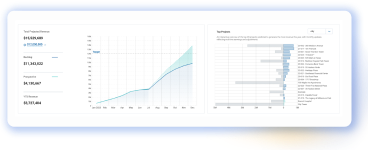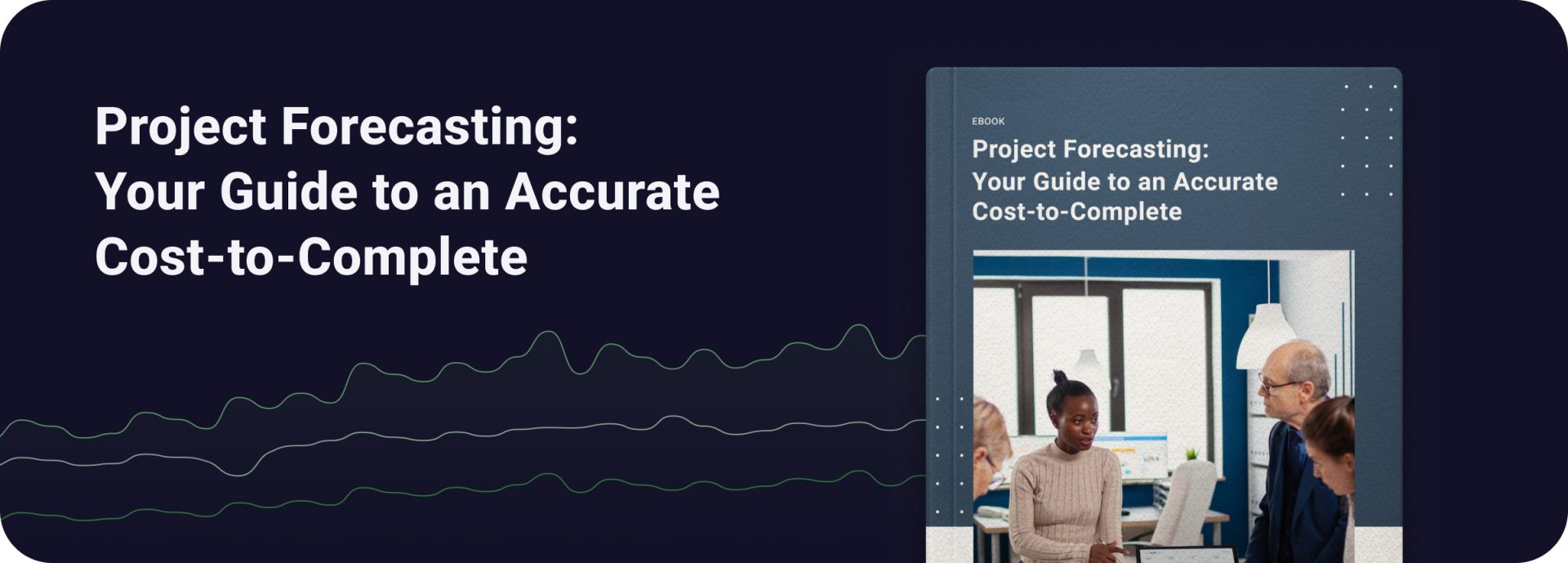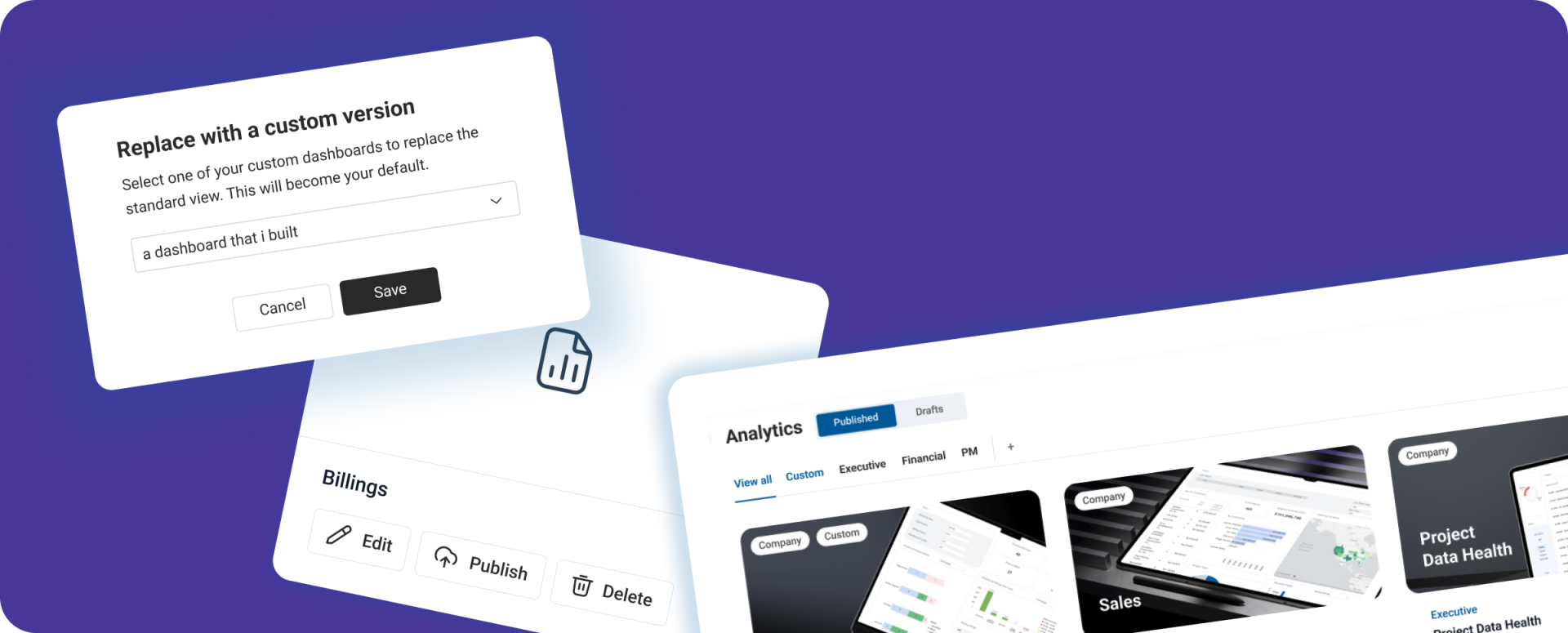Project Forecasting: Your Guide to an Accurate Cost-to-Complete
Forecasting costs is a critical component in the financial management of every construction project. Accurate forecasting helps ensure that projects stay within budget, timelines are met, and resources are allocated efficiently. In this eBook, we’ll explore the importance of job cost forecasting; you’ll hear from industry veterans who will provide a comprehensive overview of the job cost structure and proper cost coding. Then, delve into fundamental concepts and key components of forecasting, share best practices for accuracy, and discuss effective data collection and management. Additionally, we’ll discuss the significance of staying on top of change orders, the frequency of updates, and developing robust forecasting models. We’ll also examine variance analysis, the benefits of a unified forecasting structure, and how to align forecasts with project timelines and milestones. By the end of this eBook, you will thoroughly understand how to enhance your forecasting practices to drive project success.</>
Importance of Job Cost Forecasting
Understanding job costing is crucial in construction accounting as it enables the precise allocation of expenses to individual projects, providing a clear picture of where every dollar is spent. This meticulous tracking facilitates early identification of budget deviations, allowing for prompt corrective actions to ensure that projects remain within their financial parameters.
Moreover, job costing is essential for evaluating each project’s financial performance, ensuring budget adherence, and determining profitability. It empowers construction firms to make informed pricing, bidding, and resource allocation decisions. Furthermore, job costing helps identify opportunities for cost savings and efficiency improvements, making it an indispensable tool for construction firms’ overall financial health and operational success.


 Mikeal Kanouff
Mikeal Kanouff Colleen Alessandro
Colleen Alessandro

